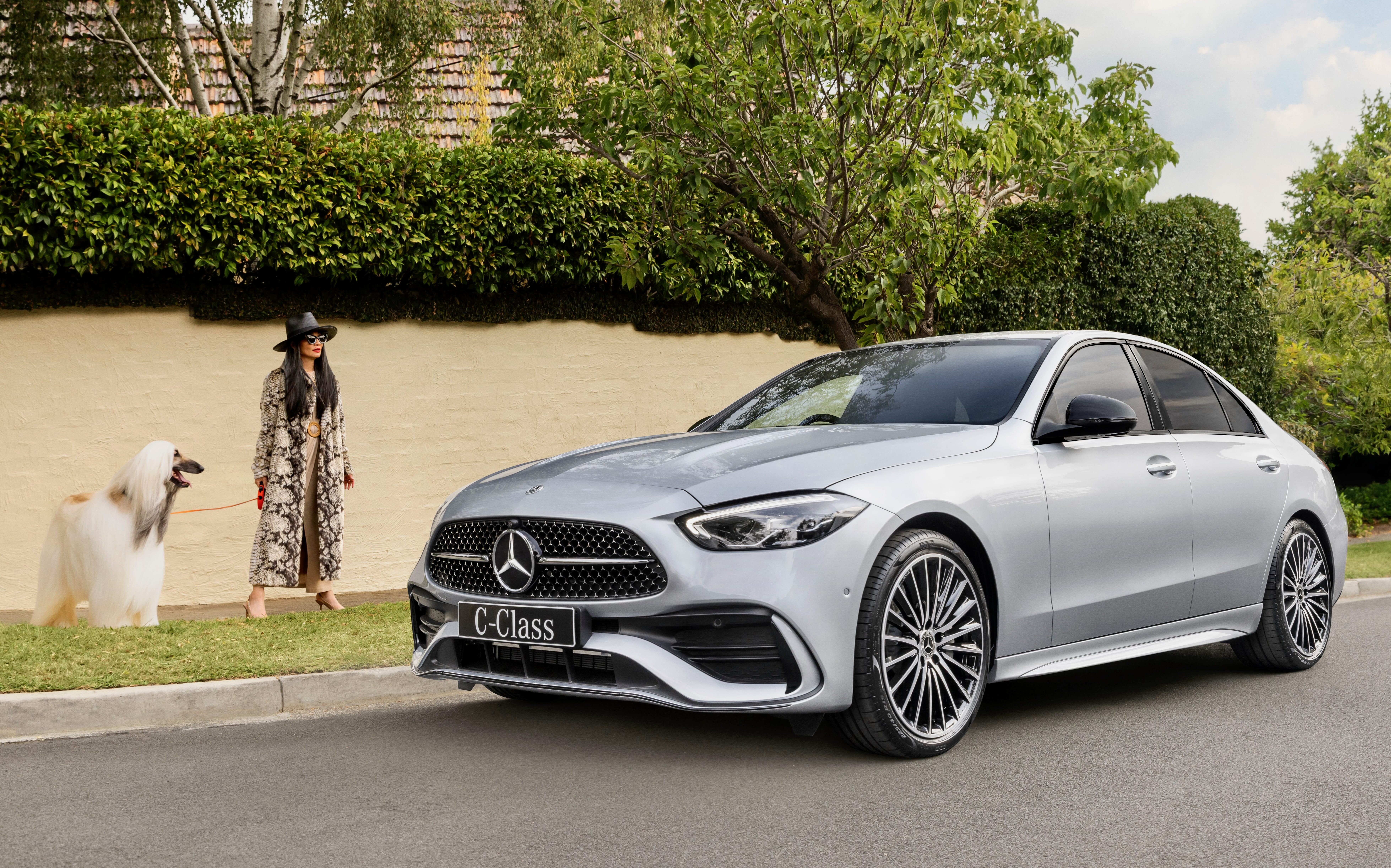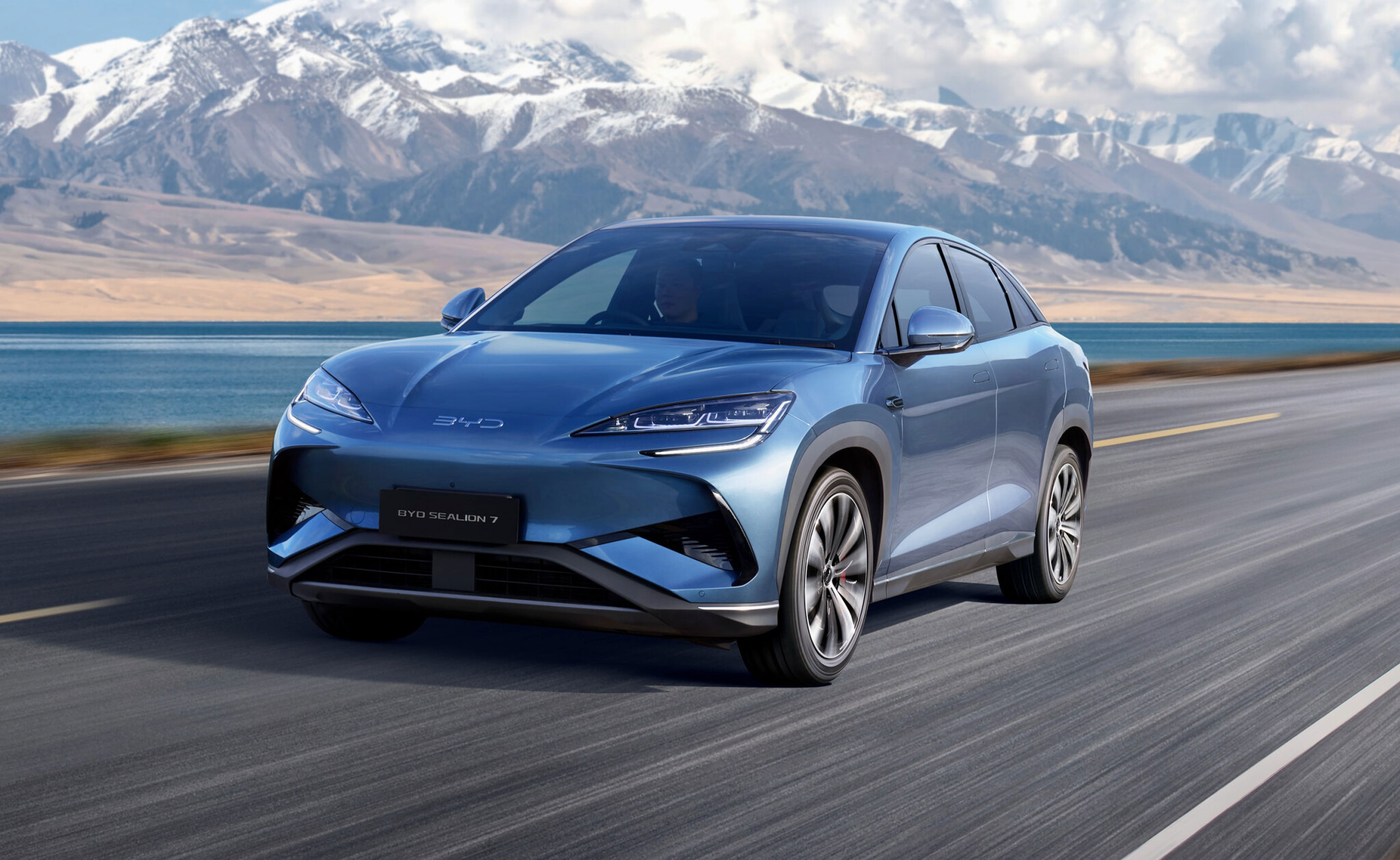Porsche is set to disappoint wealthy Australians by restricting its Mission X to left-hand drive if the hypercar concept is finally confirmed for production.
The Mission X was unveiled last June for the German car maker’s 75th anniversary, and is intended as a successor to the 959, Carrera GT and 918 Spyder that were all short-term flagships for the brand.
Like those cars, it seems the Mission X would also be ruled out for use on Australian roads despite its electric powertrain raising hopes of a right-hand drive version.
Speaking at a media showing of the Mission X at last weekend’s Australian Grand Prix in Melbourne, project manager Michael Behr (pictured below) said producing LHD and RHD versions would be difficult from a technical perspective.
“It’s more complicated to have two versions. If you’re doing just the right-hand version, that’s okay because you have a limited number of cars [for a smaller number of markets] … [but] then if there are two versions it’s much more complicated.
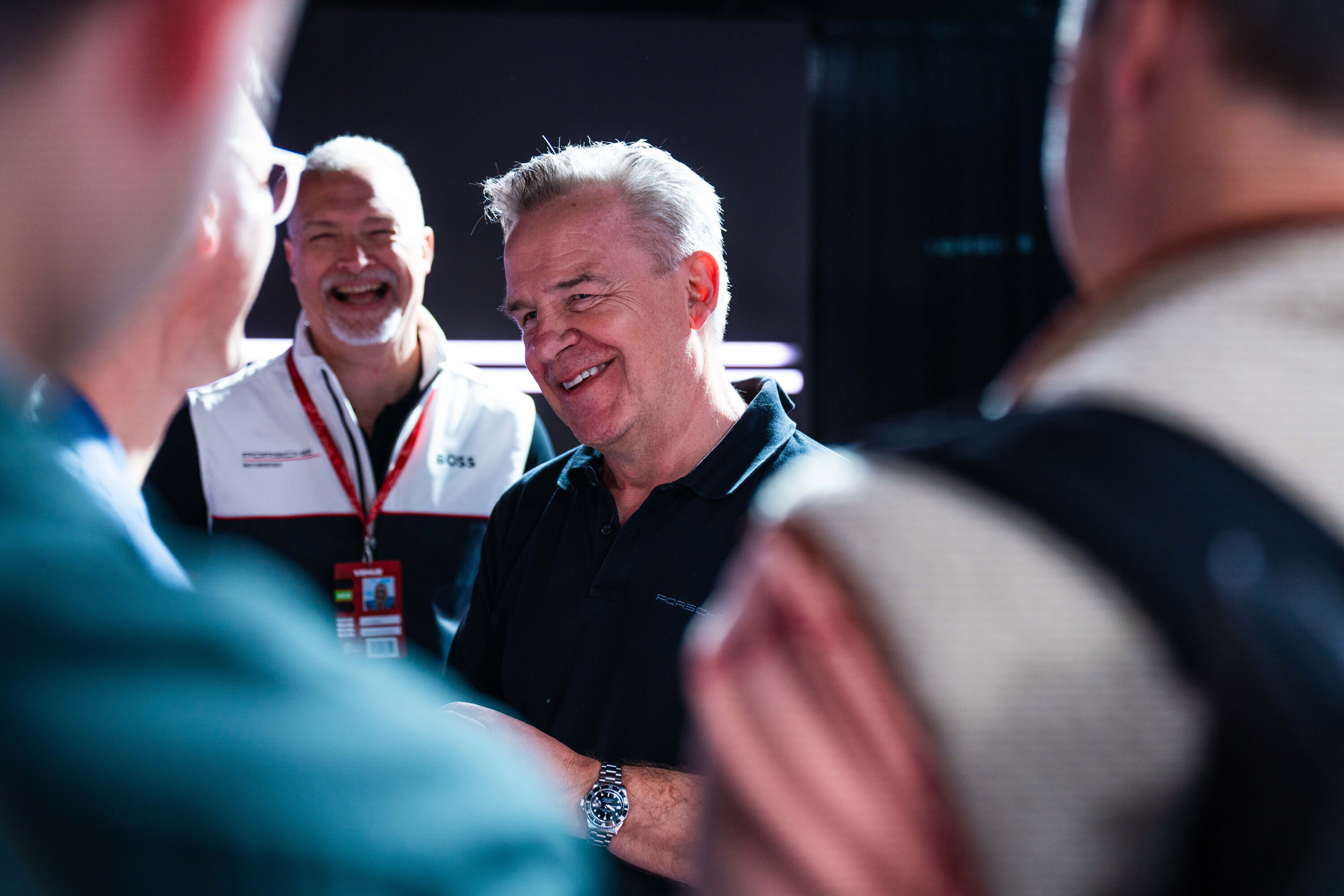
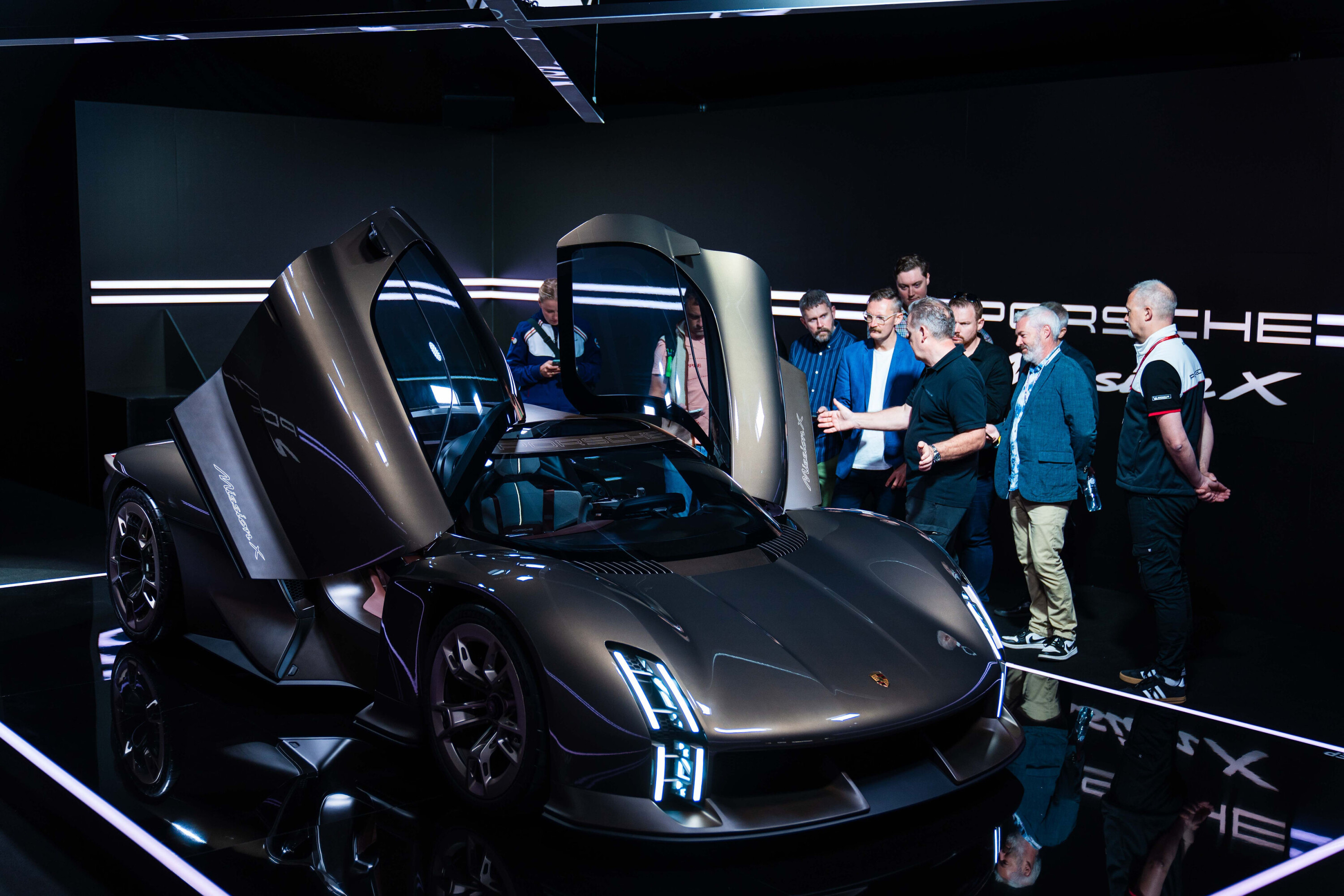
“So, I think it’ll be one version [of the Mission X] and I think it’s a left-hander.”
Behr said a production version of the Mission X would look very similar to the concept, which is left-hand drive.
The car is intended to be the fastest road-legal Porsche yet around the famous, 21km-long Nürburgring Nordschleife circuit.
Behr said the Mission X was not just a racing car but also a luxury car.
The production version would add details the concept doesn’t need, including a wiper and air-conditioning, and other items that a road-legal car needs. He also said the wheelbase may be slightly different, but that the essential shape would be unchanged.
Porsche’s advanced design studio engineer, Kai Leibrandt, said the company always aimed to avoid pipedream features that couldn’t become a reality.
“Everything we do in our concept cars is for something that we would aim to be producible and usable and [meet] legislature. So we don’t do stuff where we know it’s not going to happen.
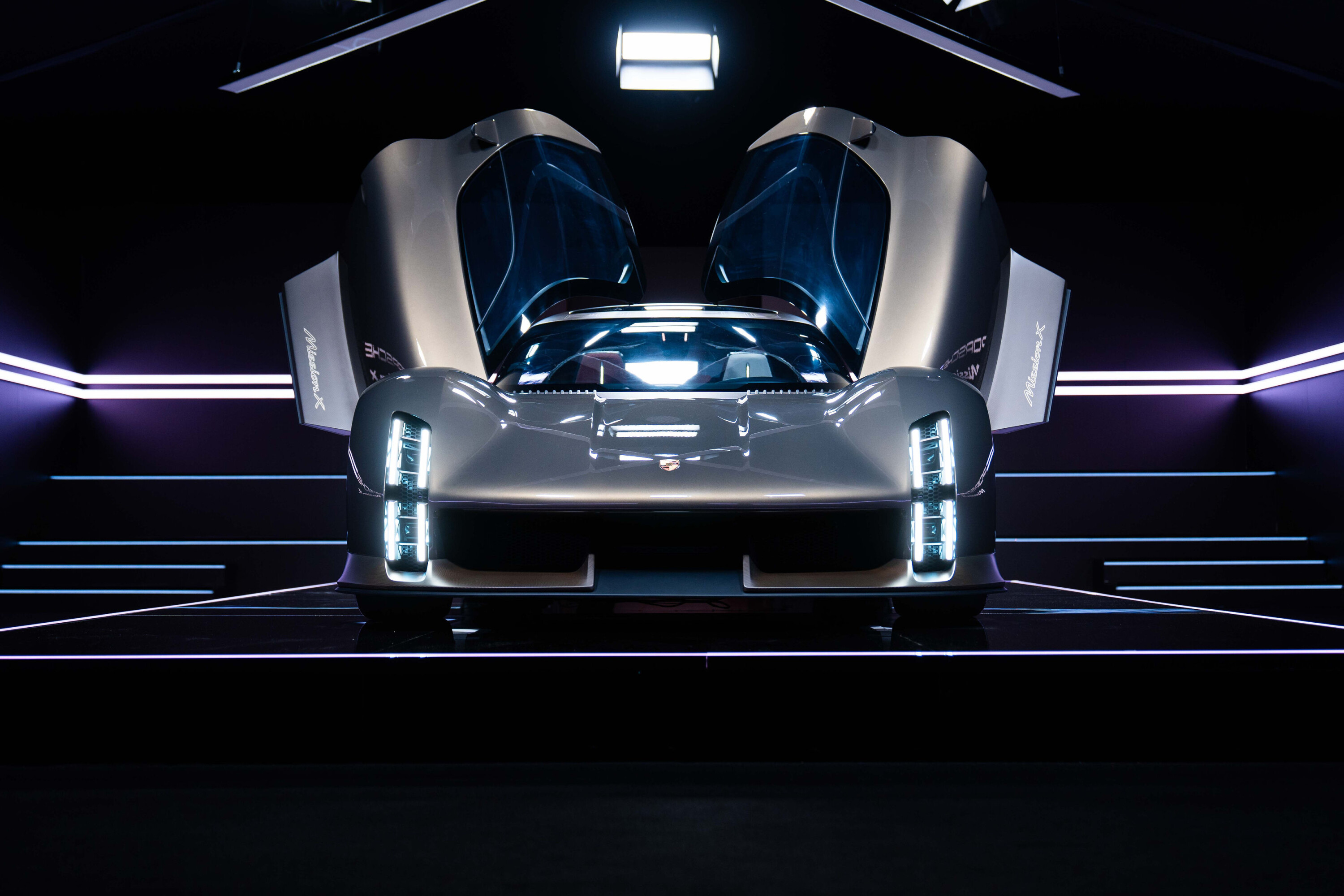
“The [Mission X’s scissor-style] doors of course look spectacular, but their lightness is for a reason. It actually starts with a glass panel [on the door], which goes all the way into the roof, and this is a packaging [solution].
“If we have a conventional roof even with a small glass panel above the head, then we need some kind of metal bar going just on the outside and that would actually limit your head space. And one of the goals we have for this car is to be drivable with a helmet.
“If you’ve ever driven a 918, with a helmet, it’s very tight in there. So one of the goals that we have for this car is to say, ‘Okay, this car is going to be fully drivable with full comfort with a helmet on.’ And so this is really the only way that we could do it while also reducing the frontal area to the minimum.”
Porsche has also lowered the seating position by 65-70mm compared with the 918, enabled by the placement of the battery pack behind the seats – unlike the electric Porsche Taycan that has its battery integrated into the floor.
The company says the Mission X would produce significantly more downforce than its legendary racecar for the road, the 992 GT3 RS that produces 409kg of downforce at 200km/h and 860kg of downforce at 285km/h.
Leibrandt says the Mission X’s aerodynamics are similar to that the Porsche’s recent Le Mans racing cars, including last year’s endurance series contender.
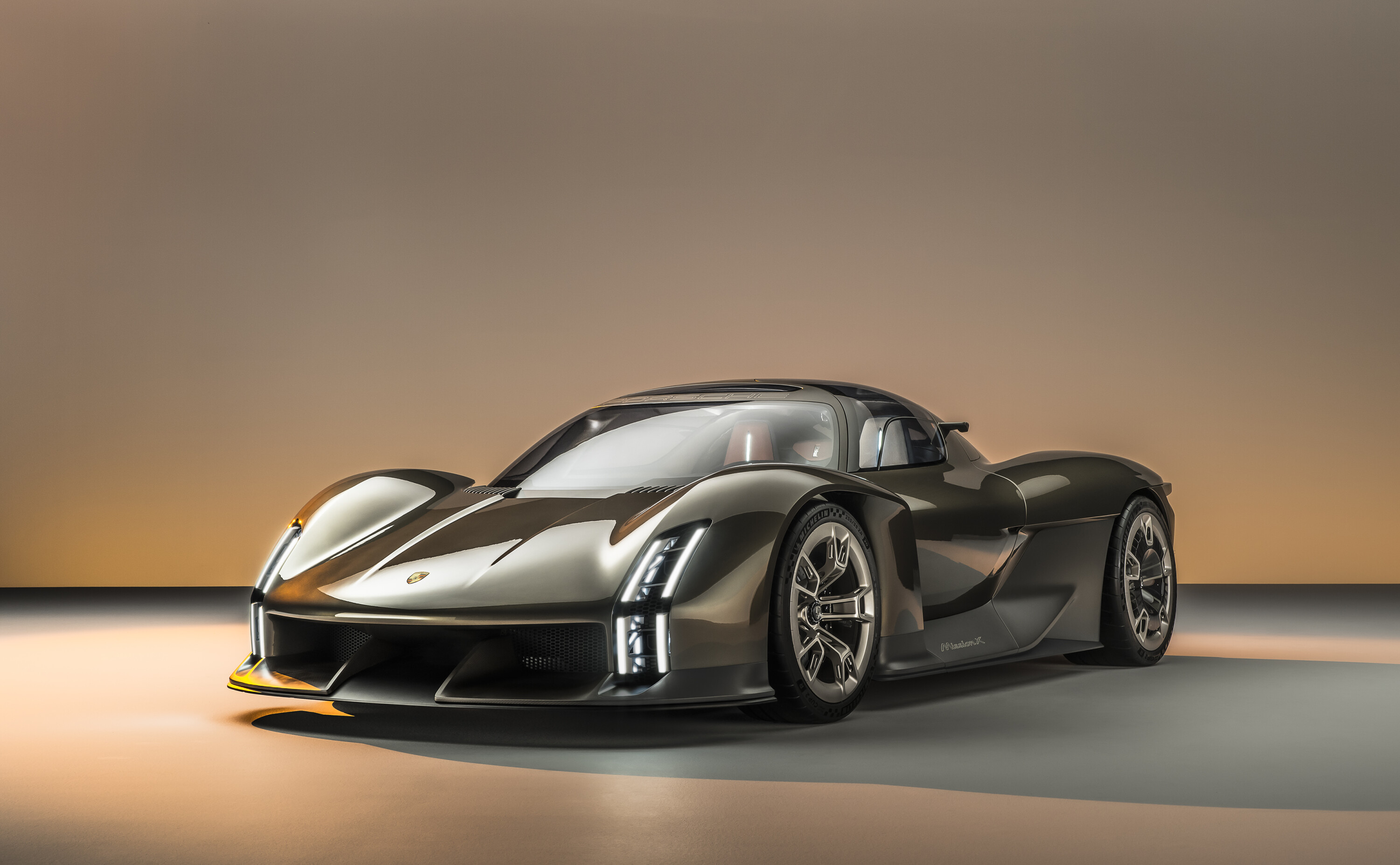
“Once you’re at that kind of performance level [of the Mission X], one thing that really limits you is aerodynamics, and downforce in particular, especially around the Nürburgring. And to generate enough downforce, it would simply not be possible with a car that’s built like a Taycan.
“So essentially what we have here is seats forward [design]. It is a race car, right? It’s got very similar aerodynamics to 919, 963, that kind of thing. There’s no cooling at all going on in front of the car and it’s all in the back of the car. So we can basically concentrate on generating as much downforce as we can. Is there a target for downforce for this? Much higher than the GT3!
Porsche has been coy about details regarding the hypercar’s electric powertrain, though Behr did reveal the concept was two-wheel drive (presumably rear-driven).
However, Bear suggested a production version would need to be all-wheel drive more for range than speed to ensure it is equipped to make make record-attempting runs of the 21km Nürburgring Nordschleife.
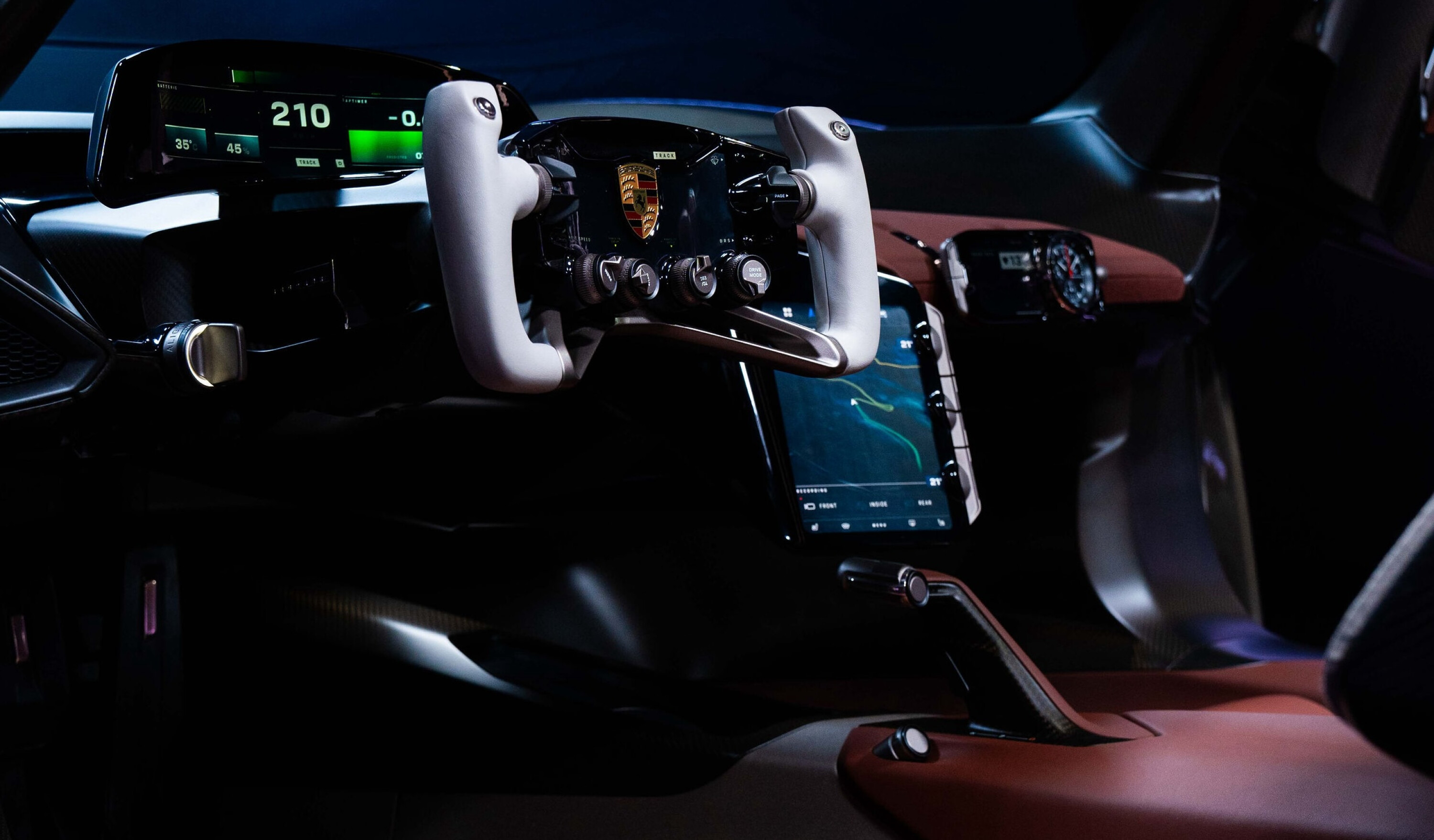
“This car is two-wheel-driven and we did a lot of simulation beginning in 2016 for the future sports car, electric sports car, and DNA of Nordschleife [hypercar] again. And there is not really a difference between two and four wheel driven, just one [key reason]. It’s an electric car and you need a four-wheel-driven car to recuperate a lot of energy [for the battery] to have a bigger range on the Nordschelife, not just for one lap, maybe for three laps.”
The Mission X hypercar would need to beat the time of 6 minutes and 35 seconds set in late 2022 by Mercedes-Benz’s F1-inspired AMG One, also road-legal though still yet to make it into customer hands.
Porsche is targeting a power-to-weight ratio of about one horsepower per kilogram, meaning the production hypercar could produce at least 1500hp – or more than 1100 kilowatts.
Porsche holds the outright Nürburgring Nordschleife record, when the 919 Hybrid Evo – a modified version of its Le Mans-winning racing car – blitzed the course in just under five minutes and 20 seconds.
The Mission X also features a 900-volt system architecture that Porsche says would enable the hypercar to charge its battery from five to 80 percent in about 10 minutes – about twice the speed of Porsche’s current fastest-charging car, the 800V-system Taycan Turbo S.
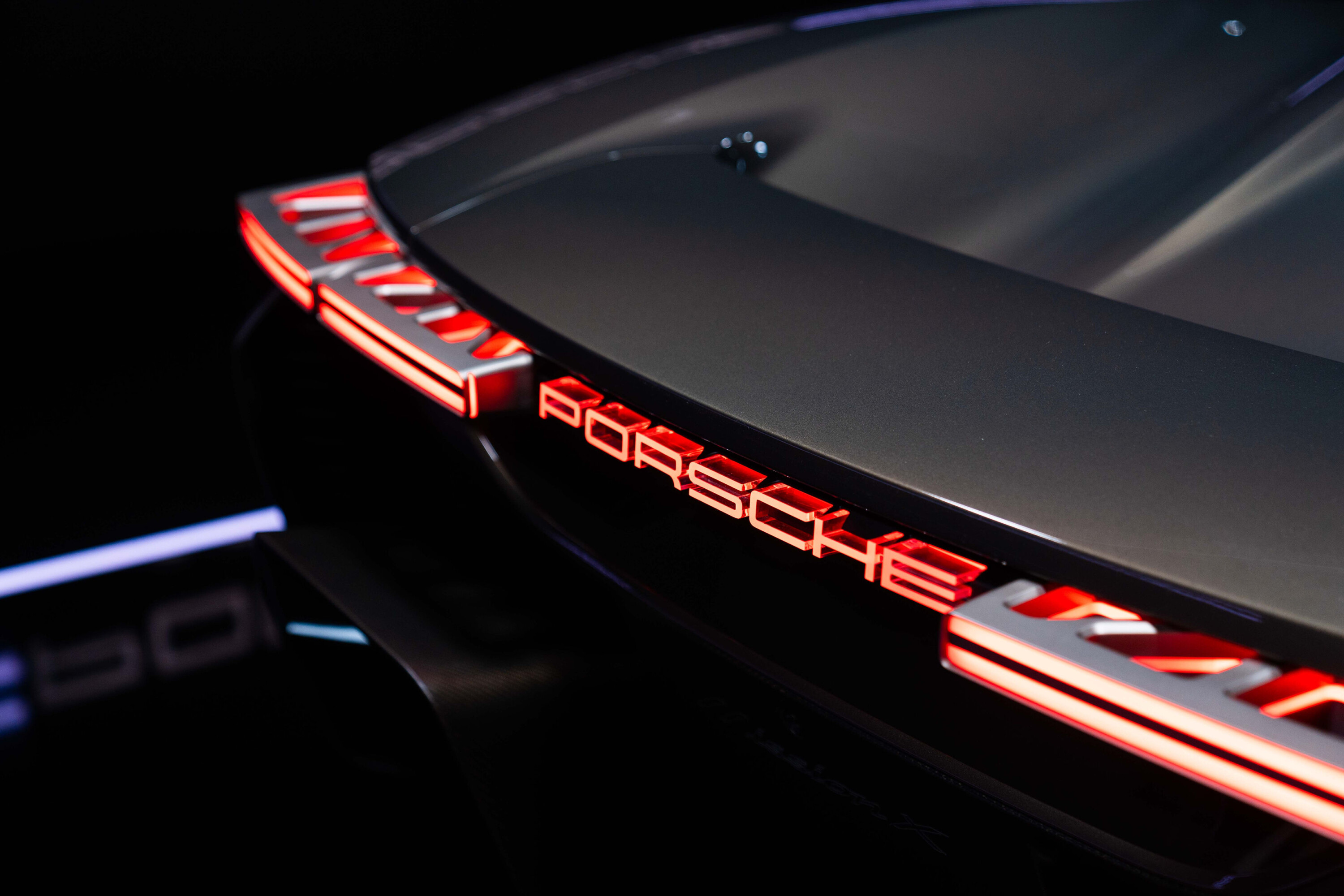
Porsche is expected to make a decision on the Mission X production car later this year.
Behr said the decision would be “a commercial one not a technical one”, confident the production hypercar could meet its ambitious objectives.
Porsche Australia boss Daniel Schmollinger told media at the F1 GP that he still hoped the Mission would be available in right-hand drive if it went into production.
“This is what we hope. The car is stunning, it clearly showcases where Porsche wants to go and what Porsche is able to deliver when it puts its energy into new technology and to this concept.
“But at this point in time we are not talking about numbers and we also don’t know yet if this car will become street-legal series production.
“Absolutely we have expressions of interest, over the past two days [of Mission X being shown in Australia].”



